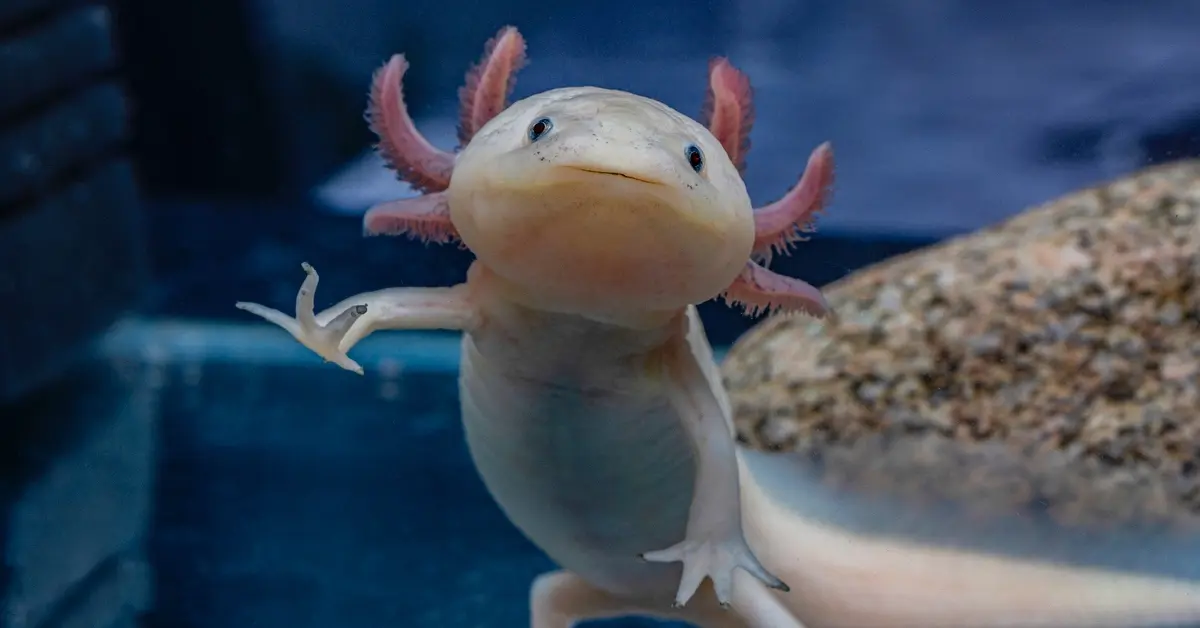Axolotls (Ambystoma mexicanum) are extraordinary aquatic salamanders native to Mexico City, famous for living their entire lives under water thanks to a biological trait called neoteny. They retain their gills, tail, and larval features instead of transforming into land-dwelling adults like most amphibians. Their genetic makeup is also remarkable: they have one of the largest genomes among vertebrates—about 10 times larger than humans—which scientists believe contributes to their impressive ability to regenerate body parts.
Sadly, axolotls are critically endangered in the wild. Their natural home is now mostly restricted to the Xochimilco lake system near Mexico City. Urban expansion, pollution, invasive species, and habitat destruction have drastically reduced their numbers; current estimates suggest fewer than a thousand remain in the wild. Conservation efforts are underway—projects to clean waterways, re-establish traditional farming methods like chinampas, and support habitat restoration are all central to preserving what’s left of their ecosystem.
Beyond their conservation status, axolotls are of huge scientific and cultural importance. Their regeneration abilities—rebuilding limbs, parts of their brain, heart, and spinal cord—offer insights into developmental biology and potential medical therapies for humans. Culturally, they are embedded in Mexican identity: the Nahuatl name “axolotl” means “water monster,” and these creatures appear in art, folklore, and even on currency. For anyone interested in real, living wonders, axolotls are not just fascinating—they’re urgent reminders of what’s at stake when human impact threatens one of nature’s most unique marvels.







